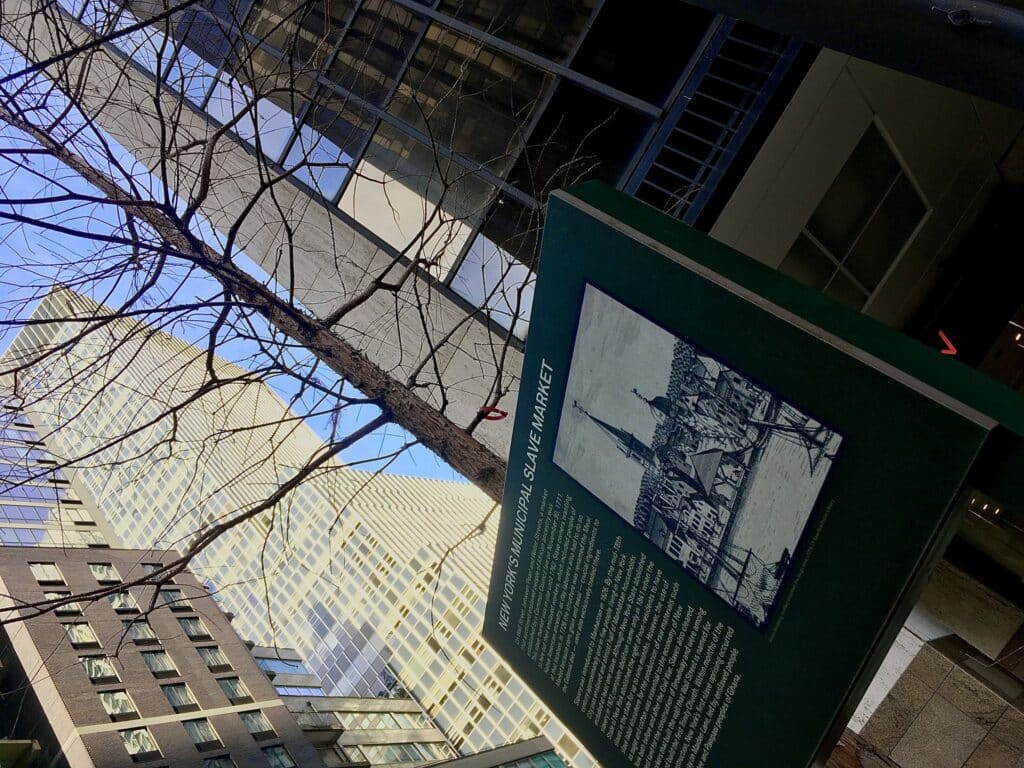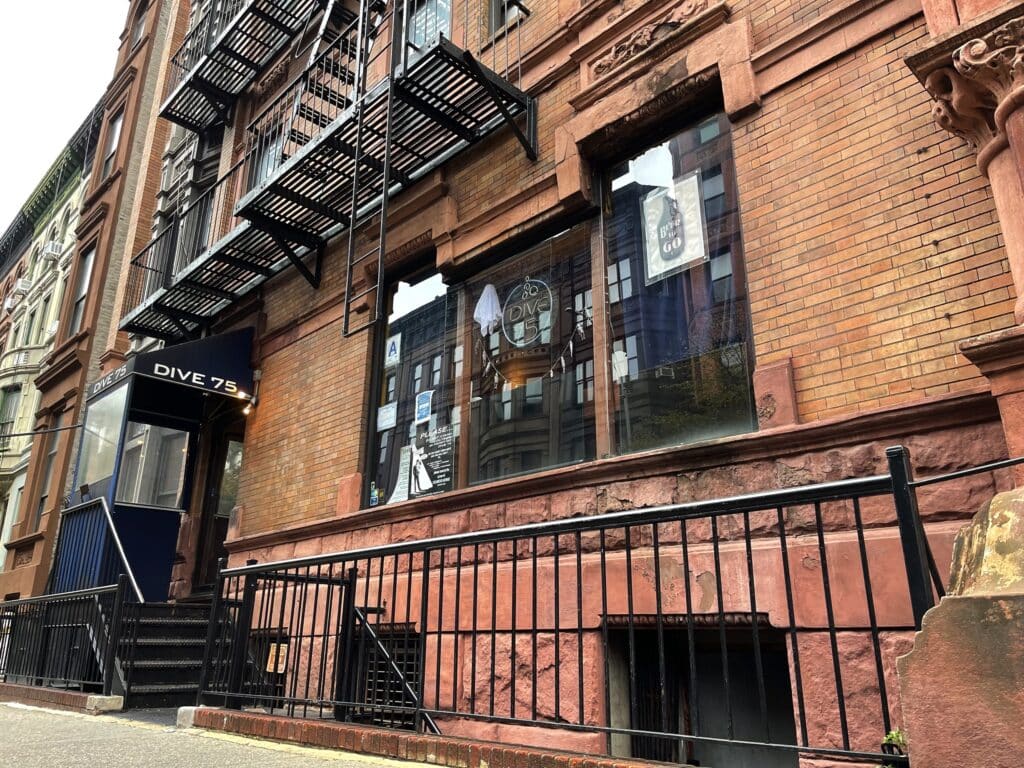Wall Street New York
NYC's slave market
In the USA, February is Black History Month. Then, white shame rises like cream and people ask, “What can I do to assuage the mountain ranges of guilt that sprout from immoral acts like slavery?”
Commodity trading in non-white human beings was introduced to Manhattan in 1626. In 1711, the city made the Wall and Pearl Street intersection its official market site for their sale and rental.
A law for gradual abolition happened in 1799; after that date, children born to slave mothers were free but required to work as indentured servants for their mother's owner. Existing slaves kept their status. Remaining slaves were freed on July 4, 1827.
There is more to learn at the National Museum of African American History and Culture in Washington DC.
Trading in humans as a commodity was the economic engine that propelled the United States to economic (and at that time, agricultural) dominance --- the state of ‘King Cotton’ --- and the globalization of that industry.
Some companies that benefited from the trans-Atlantic slave trade include Lehman Brothers (bankrupted 2008), JPMorgan Chase, Wachovia Bank of North Carolina, Aetna Insurance and the Bank of America. Banks made loans to slave owners, accepting slaves as “collateral”. When slave owners defaulted on their loans, banks became slave owners.
A cynic might say that, in a way, nothing has changed. Kenneth T. Jackson, a Columbia University professor of New York City history says “There is no future in denying the past.”
June 19 --- Juneteenth --- is the day commemorating the day slaves in the South were emancipated.
About this spot
Wall Street 95
- 24 hours daily
US$
free
Find your way with 304 Insider Tips from our Local Spotters
Nice place right!? There’s so much more to discover:
Discover all other hidden gems in New York
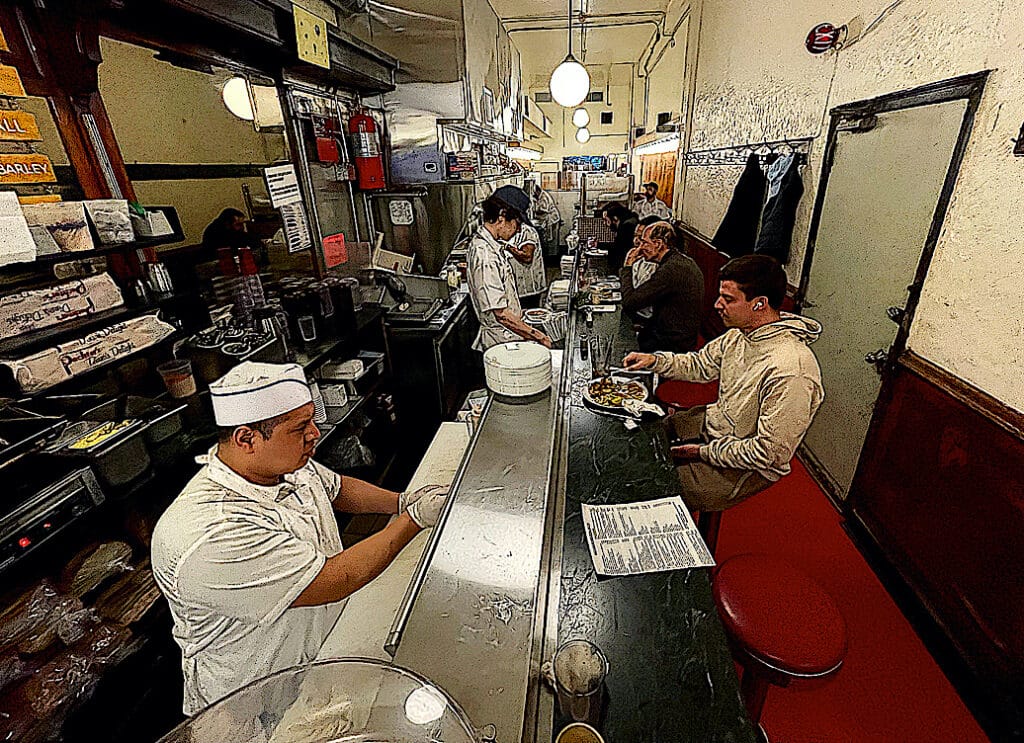

S&P Lunch
1928 Lunch Counter
S&P Sandwich Shop, opened in 1928, serves Jewish classics like matzoh ball soup and latkes in a nostalgic setting that feels like stepping back in time. A must-visit!
by
Geoffrey
Dunbar


Rubenstein Atrium
Lincoln Center free concerts
"Rubenstein Atrium" in New York's Lincoln Center has a free performance every Thursday night. I recommend you try to arrive around 18:30 to catch a seat.
by
Geoffrey
Dunbar
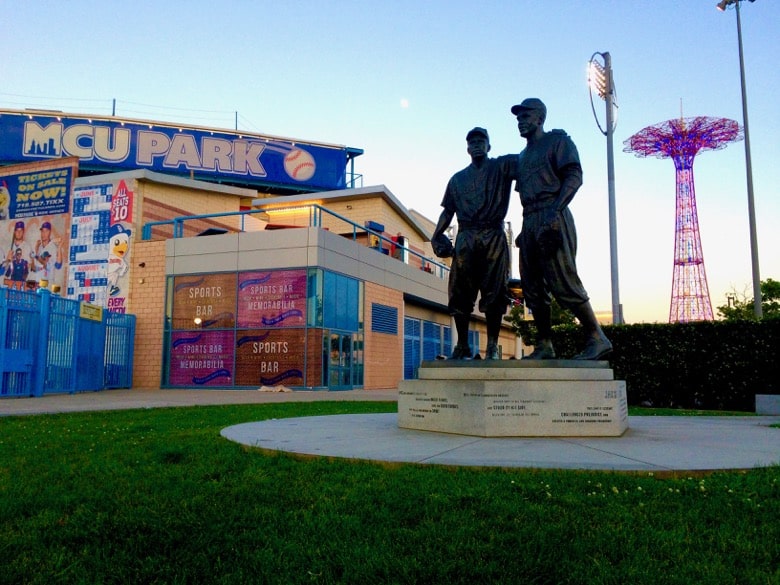

Professional Baseball
April 4 opener 2025
Games of Professional Baseball in New York doesn't just mean watching the Yankees play and paying 100s of dollars: watch a Class A game for much cheaper!
by
Geoffrey
Dunbar
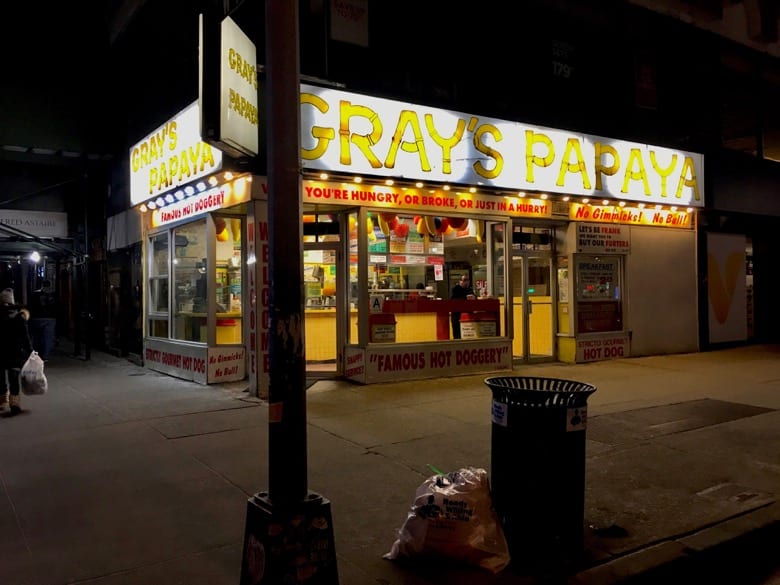

Gray's Papaya
Traditional NY hot dogs
"Gray's Papaya" in New York equals classic hot dogs. This place has been here at least 45 years, and it's easy to see why. Great people-watching spot too.
by
Geoffrey
Dunbar


Revson Fountain
Lincoln center
"Revson Fountain" at the Lincoln Center in NYC is one of the results of the renovation that started in 2006. It's spectacular and a must-see!
by
Geoffrey
Dunbar
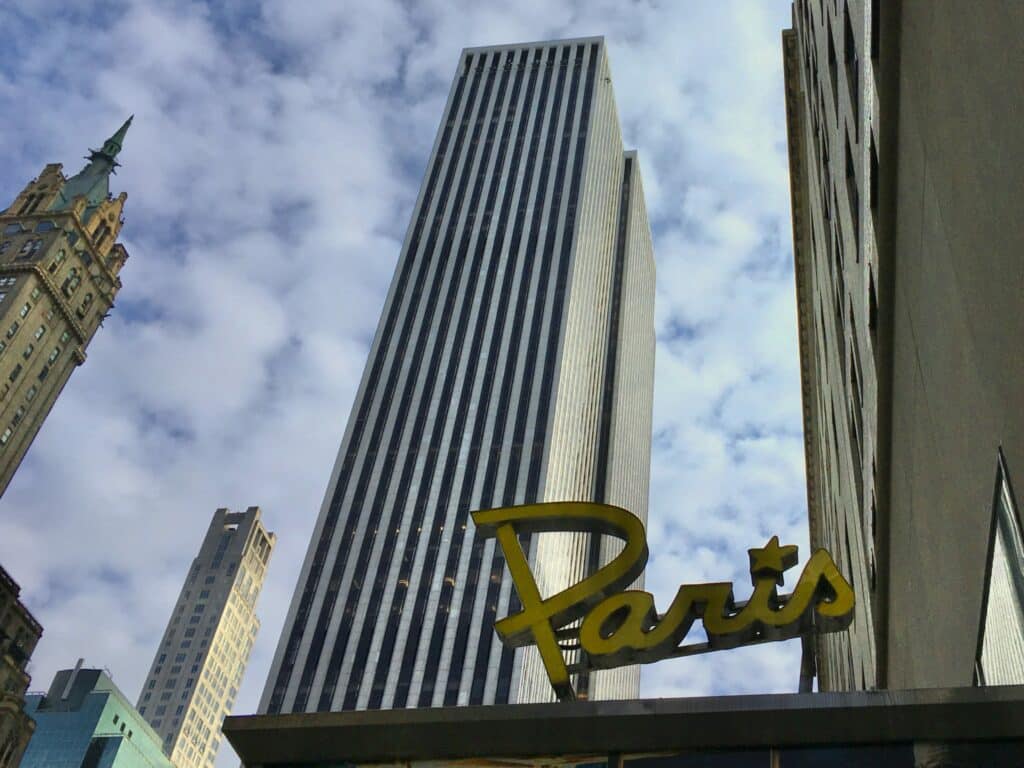

Paris Cinema
Last single screen cinema in NYC
"Paris Cinema", est. 1948, is the last single screen cinema in NYC today; what irony that it was saved from closing by Netflix itself...
by
Geoffrey
Dunbar
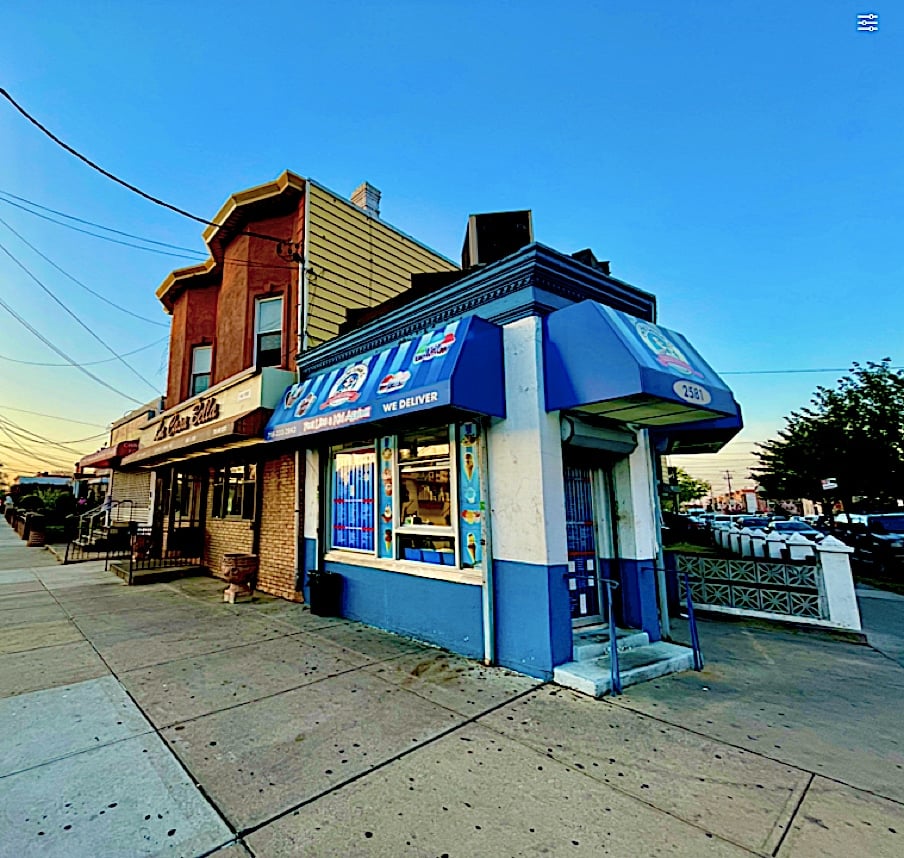

La Casa Bella
Bay Ridge Italian
The White Clam Sauce linguine is classic. So much is served that what can’t be eaten on the spot can be taken home and easily reheated the next day,
by
Geoffrey
Dunbar
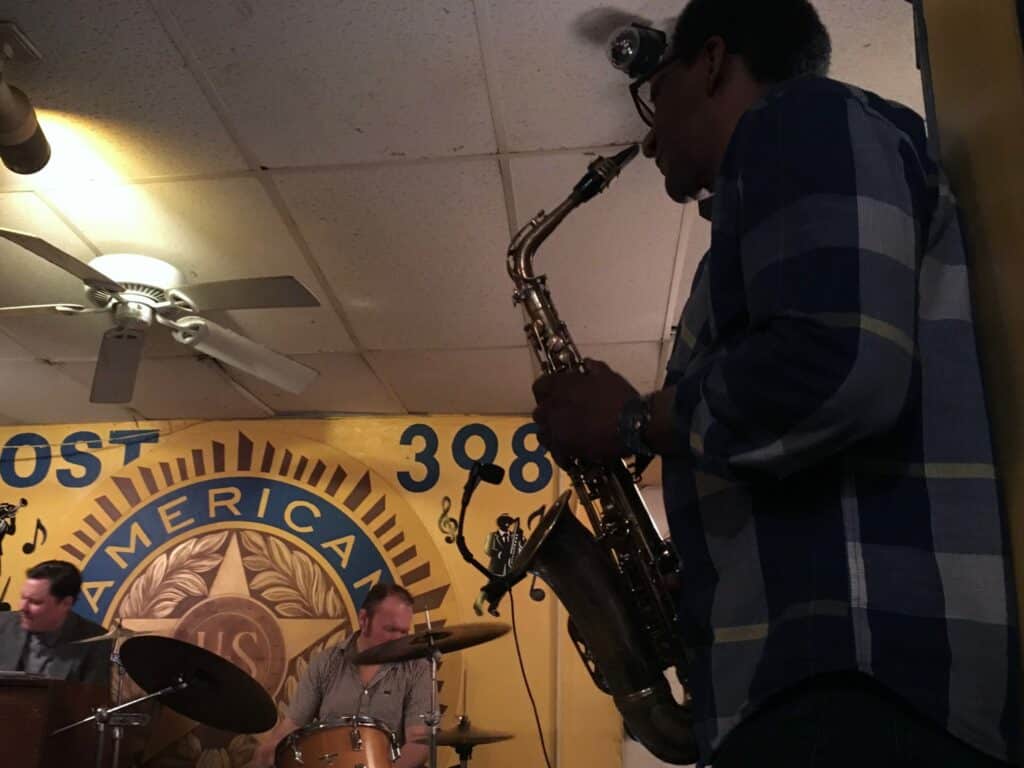

American Legion Post 398
Hot Harlem night
At the "American Legion Post 398" in New York City I get to hear jazz played the old fashioned way, Harlem in the '30s, '40s and '50s...
by
Geoffrey
Dunbar
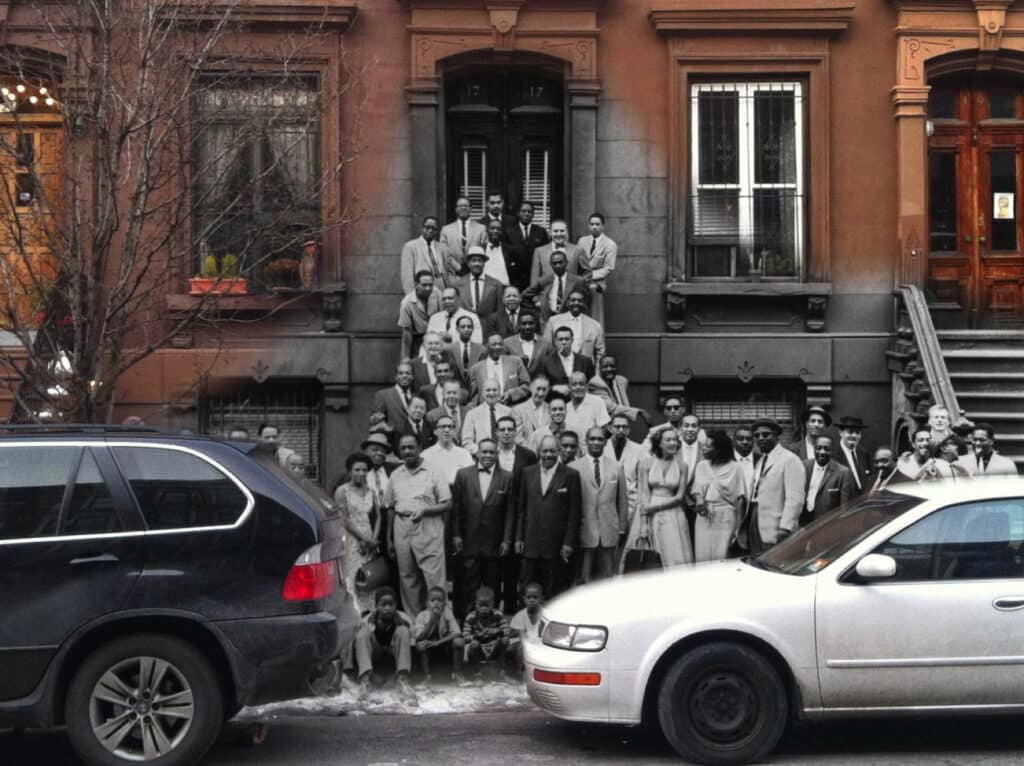

"A Great Day in Harlem" Site
Historic jazz site
"A Great Day in Harlem" is an important photo of 58 jazz greats taken in 1958 in NYC. The building on 126th Street where it was taken is still there...
by
Geoffrey
Dunbar


Hudson River Greenway
Hudson River bike route
The 13-mile Hudson River Greenway in NYC, which begins at the George Washington Bridge, is the most heavily used bike trail in the USA...
by
Geoffrey
Dunbar
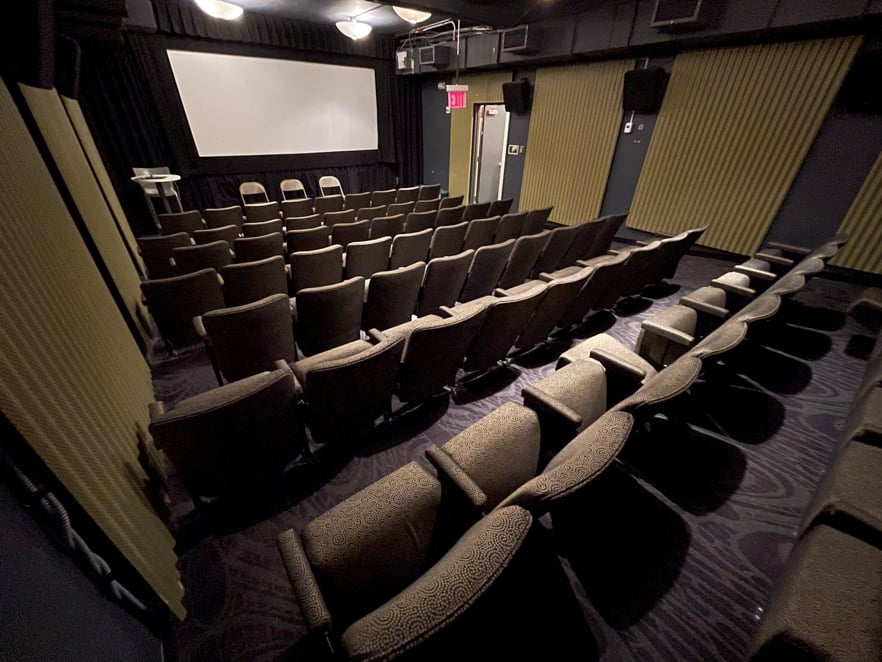

New Plaza Cinema
Art house cinema
"New Plaza Cinema" in NYC has one mission: to show independent, foreign and classic films. It is run by a grassroots group; how long will it survive?
by
Geoffrey
Dunbar
Heading to New York?
304 Insider Tips from our local Spotters
Authentic Stories by Real People
Escape the Crowd & Travel Slow 🐌
... for just €9.99

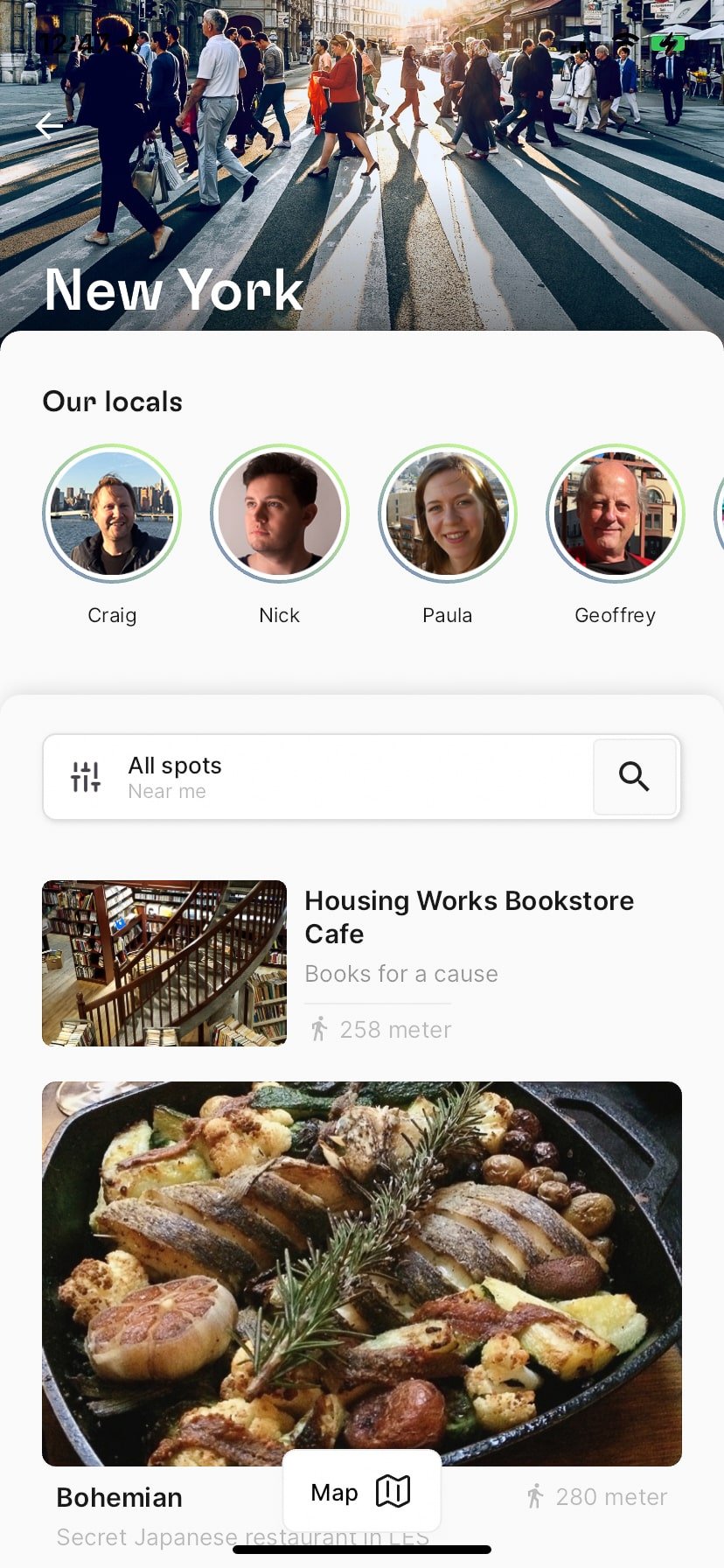

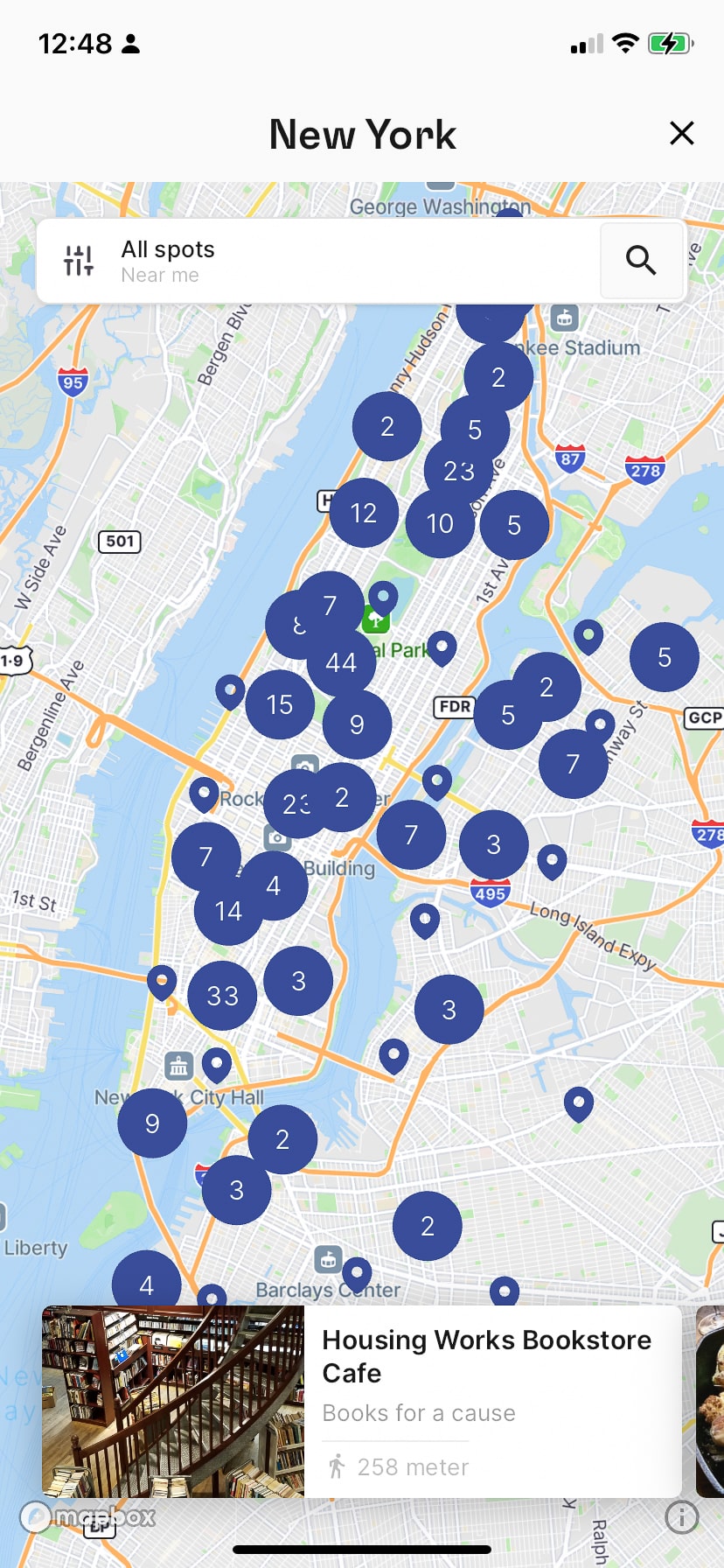


✓ 0 Insider Tips from our local Spotters
✓ 304 Insider Tips
✓ Escape the Crowds
✓ Find Spots nearby
✓ Authentic Stories
... for just €9.99
City guides by those who know the city in and out!
Our Locals' Favorite Art & culture
Our team loves New York
Get to know our other Spotters from New York
As featured on:





